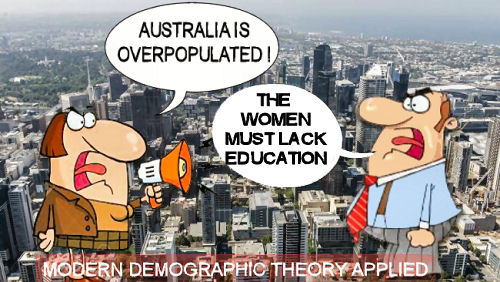 |
| population theories and growth religion |
REPstats
The Religion, Education and Population (REPstats for short) project was established to provide free online access to official data for the former British colony now Australian state of New South Wales. Our aim is to make data from as far back as 1821 available in convenient, easy-to-use 21st century formats for the benefit of researchers and the wider community. We hope our project will help to promote a better understanding of the history of the people of New South Wales, particularly the changes in their total number and location, their religious adherences, and their educational participation and attainment.
The project has been developed and funded jointly by the Catholic Education Commission of New South Wales (CECNSW) and Macquarie University. Initially this was under Macquarie University's Enterprise Partnership Scheme. Subsequent financial support was provided by CECNSW and though a Macquarie University Research Infrastructure Scheme (RIS) grant.
The data are drawn from 90 boxes of statistical publications which were given to CECNSW by the Australian Bureau of Statistics. For many of our data sources few hard copies remain and their access is restricted. This project will make them easily accessible to all. In the REPstats data we have endeavoured to retain the nomenclature used in the source publications, which we believe helps to illustrate the social and statistical constructs of the times.
REPstats is a work-in-progress: we anticipate in the future there will be extensive further releases of spreadsheets of data and a significant extension of the range of time series data which can be accessed using "Graphs and Tables". Users may use the "Sign Up" facility to ensure they will be informed when new data are made available.
For more background information see:
Crichton Smith, Nick Parr, Lucy Taksa, Nikki Balnave and Brian Croke (2017) Making New South Wales Religion, Education and Population Statistics Accessible. Local Population Studies Vol. 98 Issue 1 pp87-91.
No comments:
Post a Comment